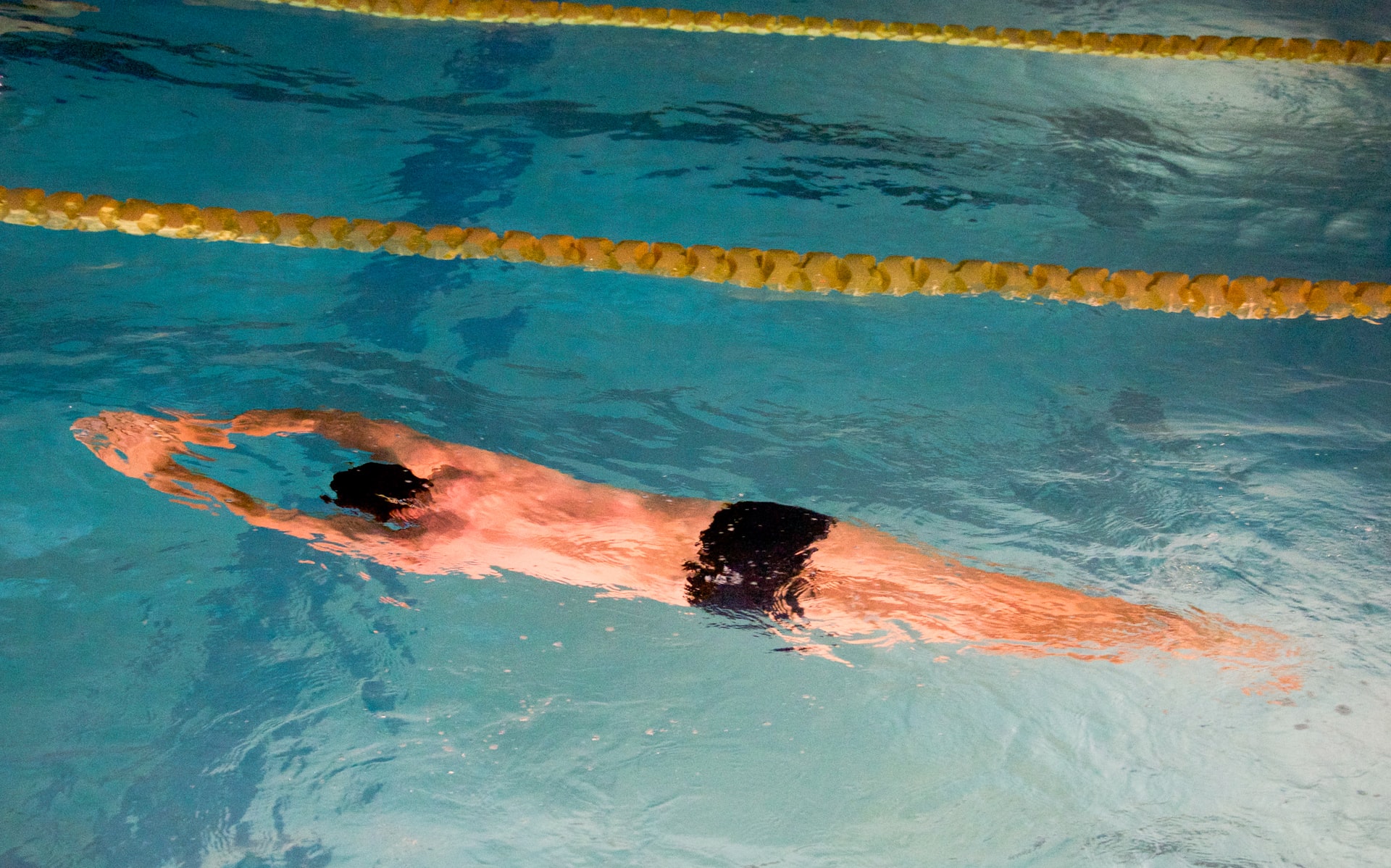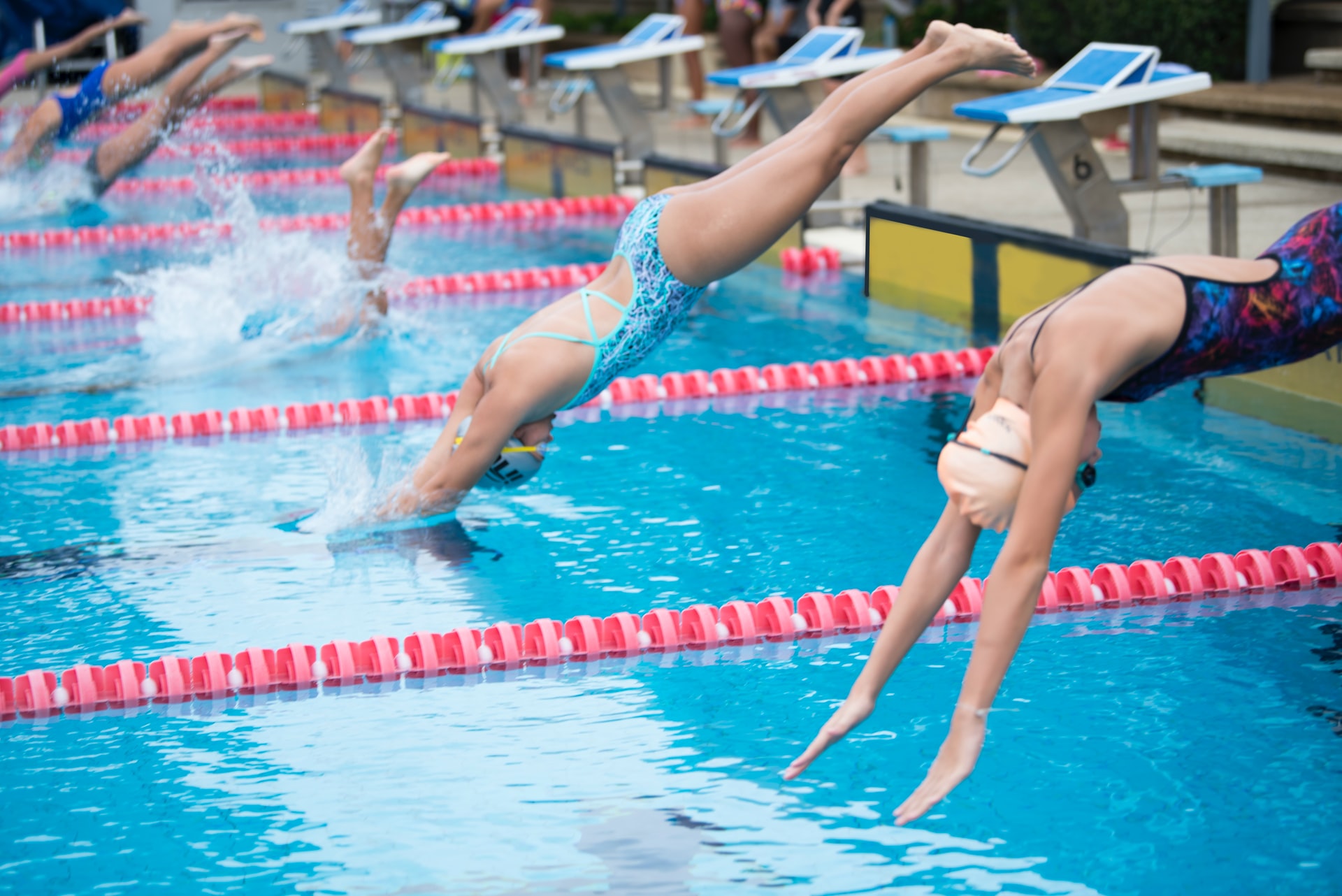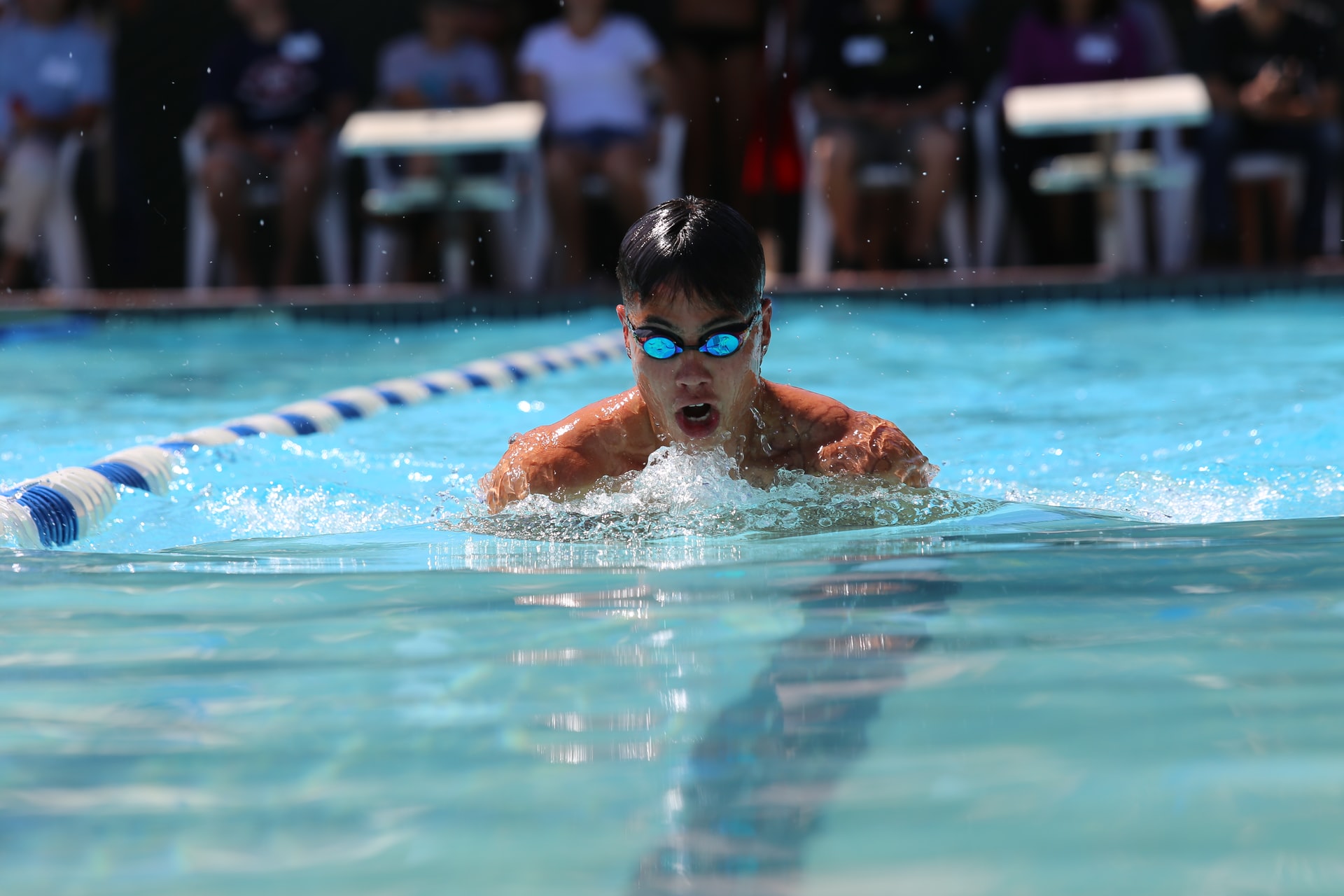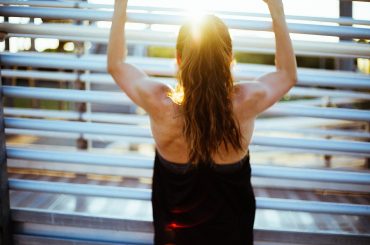The short answer to the question “does swimming develop muscle?” is “yes,” but if you want to get “ripped,” you might need to add other types of exercise.
Since you are trying to go forward through the water, swimming is essentially a form of resistance exercise. This will eventually result in favorable muscle adaptations, like any resistance exercise. But you might need to use more intense forms of resistance if you want to develop bigger muscles.
We spoke with a physiotherapist to learn more about swimming lessons for adults and about how swimming builds explicitly muscle, which muscles different strokes target, and how to increase intensity for quicker improvements.
Tracy Ward is a licensed physical therapist with years of experience dealing with both sports teams and clinical patients. She founded Freshly Centred and taught Pilates as well.
 Will swimming give me muscles?
Will swimming give me muscles?
As said above, swimming will have favorable effects on muscles if done for a sufficient amount of time.
Swimming is a workout against water resistance. Any exercise against an external resistance will build muscle, according to physiotherapist Tracy Ward of Freshly Centered (opens in new tab).
“The resistance of the water and the effort necessary to generate propulsion through the water help build muscle during swimming. However, just swimming would only be able to increase muscle in a limited way.
This means that if swimming is your main form of exercise, your muscular growth may plateau. Ward advises upping the volume of your workout, which would entail swimming more frequently or for longer stretches of time, to combat this.
Alternately, you could start performing some dedicated weightlifting workouts in addition to your swimming regimen by grabbing a pair of the best adjustable dumbbells (opens in new tab).
What muscle groups does swimming work?
Swimming exercises practically all of the muscles in the body and might give you a more athletic, balanced body than weight training.
Additionally, because of its modest impact, it is less stressful on bones and joints.
According to Ward, the gluteals, or buttocks, are the primary muscle groups used in swimming since they control all leg movements. The largest butt muscle, the gluteus maximus, is the primary force behind hip extension and power propulsion. The majority of the pulling and upper arm motions are propelled by the latissimus dorsi muscle in the back.
“The biceps, triceps, and deltoids (shoulder muscles) all contribute to the upper body strokes. All leg motions are controlled by the pectorals (chest), quadriceps (front of thigh), and hamstrings (back of thigh), while the calves (lower leg) point the ankles.
 Do various strokes target various muscles?
Do various strokes target various muscles?
The body’s major muscle groups receive a decent workout with all swimming strokes, including the abs, back, forearms, shoulders, hamstrings, and glutes. Tracy claims that you can more effectively target particular muscle areas by varying your strokes.
“A muscle on the back of the body called the latissimus dorsi drives upper limb pull and overhead motions and aids the pectorals and deltoids. All strokes entail a significant amount of gluteal, quadriceps, and hamstring activity.
Breaststroke: “The hip and leg muscles, notably the hip abductors, which pull the legs away from the body and the hip adductors, which pull them back together, are the most dominant muscles. The swimmer’s chest muscles aid in starting the stroke.
Butterfly: “This stroke places a stronger emphasis on the upper body, particularly the latissimus dorsi, deltoids, and upper trapezius (around the neck and upper shoulder).” When the arms are raised overhead, the pectorals are dominant in drawing them in toward the torso. Hip flexion (flexing) is carried out by the hip flexors and quadriceps, whereas hip extension is carried out by the glutes and hamstrings to counteract this (opening).
The latissimus dorsi and the deltoids and triceps (back of arms), which support the upper body, are strongly utilized in the backstroke. To keep the swimmer afloat, the quadriceps (front thigh) and pectorals (chest) work particularly hard.
Front crawl: “In the front crawl, all of the muscles are engaged, but the body relies more heavily on the long arm and leg levers to produce power. As with most swimming strokes, this one requires a strong core and strongly utilizes the latissimus dorsi, pectorals, glutes, and hamstrings.
How much swimming is required to increase muscle mass?
According to Ward, this is based on your overall fitness level.
If you’re new to swimming or fitness, Ward argues, this activity will help you gain muscle faster because the body is working against more resistance than it is used to.
No matter your level of fitness, swimming requires a lot of repetitions because the muscles are soon exposed to resistance and grow stronger.
But in order to continue gaining muscle, ordinary swimmers would need to increase their training efforts or incorporate additional strength training.
This is due to the fact that strength improvements happen when the body is under ‘progressive overload’ (opens in new tab), thus you must exercise regularly — roughly three times per week for eight to 12 weeks — if you want to see an increase in muscle growth (or hypertrophy).
“This gives the muscles enough time to experience micro trauma, or microscopic tears in the muscle fiber, as a result of the workout. The muscle then heals and grows as a result of these tears. The muscle gets stronger the more often this occurs.
What other forms of exercise are recommended for muscular growth in addition to swimming?
Building muscle will be aided by a combination of frequent swimming and aerobic (cardio) exercise.
The best approach to add weight training or strength training to swimming, according to Ward, is by far. “This enables you to grade the weight you lift and gradually add more weight to build more muscle.
 Strength training also strengthens bones and enhances bone density (opens in new tab), which can help muscles function when they strain on bones. Swimming is a low-impact, anti-gravitational sport, but impact and gravity build bone strength, which builds muscle strength. Thus, strength training is necessary for swimmers to perform at their best.
Strength training also strengthens bones and enhances bone density (opens in new tab), which can help muscles function when they strain on bones. Swimming is a low-impact, anti-gravitational sport, but impact and gravity build bone strength, which builds muscle strength. Thus, strength training is necessary for swimmers to perform at their best.
According to a study published in the peer-reviewed publication International Journal of Environmental Research and Public Health, swimming improved sports performance when paired with strength training (known as concurrent training) (opens in new tab).
“This shows that swimmers need to undergo strength training to increase performance and build muscle,” adds Ward.
To ensure a strong trunk and solid center point from which the upper and lower limbs move, Ward advises incorporating core workouts like Pilates.
“The more mobile the limbs are and the more power they can produce with their arms and legs, the stronger the core. Greater performance and speed result from increased power.





